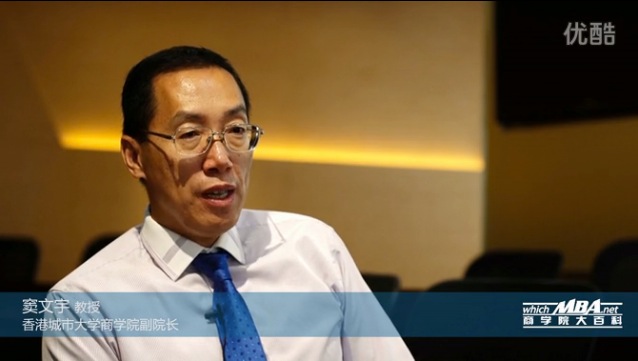Back to School
China’s top executives are paying tens of thousands of dollars to sleep in bunk beds. They are dragged out of their tiny cabins at the crack of dawn to jump over bridges, scale walls, and experience that most iconic of team-building exercises: the trust fall, in which, one by one, each of them must cross their arms over their chest and fall backwards off a ledge into the waiting arms of their teammates. To any American teenager, this would look an awful lot like summer camp.Welcome to the strangely familiar world of executive MBA programs, or EMBAs, in China. The heads of China’s leading firms are enrolling in these programs in droves, and their reasons for doing so reflect the unique circumstances of China’s rising economic prominence in the world. China’s lightning-fast growth, and its shift from a planned to a market economy, mean that Chinese executives who began their careers in small, static companies have suddenly found themselves at the helm of enterprises far larger than they could have ever anticipated, often with partners, clients, trade networks and operations in countries far from home. Old modes of decision-making, based largely adequate in the face of increasing market competition both at home and from overseas.
China is going global, and with these changing conditions comes a need for leaders who can navigate these new seas. A 2005 McKinsey report estimated that “given the global aspirations of many Chinese companies, over the next 10 to 15 years they will need 75,000 leaders who can work effectively in global environments; today they have only 3,000 to 5,000.” To meet this challenge, more and more of China’s senior managers are forking out hefty tuitions and going back to school to learn how to analyze a financial report, strategize a marketing plan, and most importantly of all, understand just what’s going on in the mind of that foreign fellow sitting across the conference table. And as it turns out, that means doing a few trust falls.EXEC EDUCATION’S VERY BRIEF HISTORY
The government first realized and acted on the need for business education among the country’s most senior managers in September 2002, when the Ministry of Education (MOE) officially authorized 30 of the top business schools through-out China to launch EMBA programs, with 10 of them given an intake quota of 300 students and 20 of them given an intake of 100 students a year. These programs are directly supervised by the MOE and include Tsinghua (the flagship such program on the Chinese mainland), Peking, Shanghai Jiao Tong and Fudan universities.
There are also a few independently operated institutions. China Europe International Business School (CEIBS) was the first to foresee the coming demand for executive education and started China’s first EMBA program in 1995 in Shanghai. CEIBS is now the biggest EMBA program in the world, with 710 students in its 2007 class spanning Shanghai, Beijing and Shenzhen.
In addition to launching the 30 state-supervised programs, the government also gave some of the country’s business schools permission to partner with a foreign institution. This has brought a massive influx of foreign business schools eager to tap into China’s massive market. One example is the University of Maryland’s Robert H. Smith School of Business, which has run a joint venture EMBA program with the University of Business and Economics since 2003.
Steve Feld, director of professional programs and services at the Smith School, says that originally, 20 Chinese institutions were approved for joint venture EMBA programs, but that outside the system there are too many to count. “Every once in a while,” says Feld, “I’ve never heard of, that’s got a program in some city I’ve never heard of, in partnership with some university in China I’ve never heard of.”(To be continued)
www.WhichMBA.net



